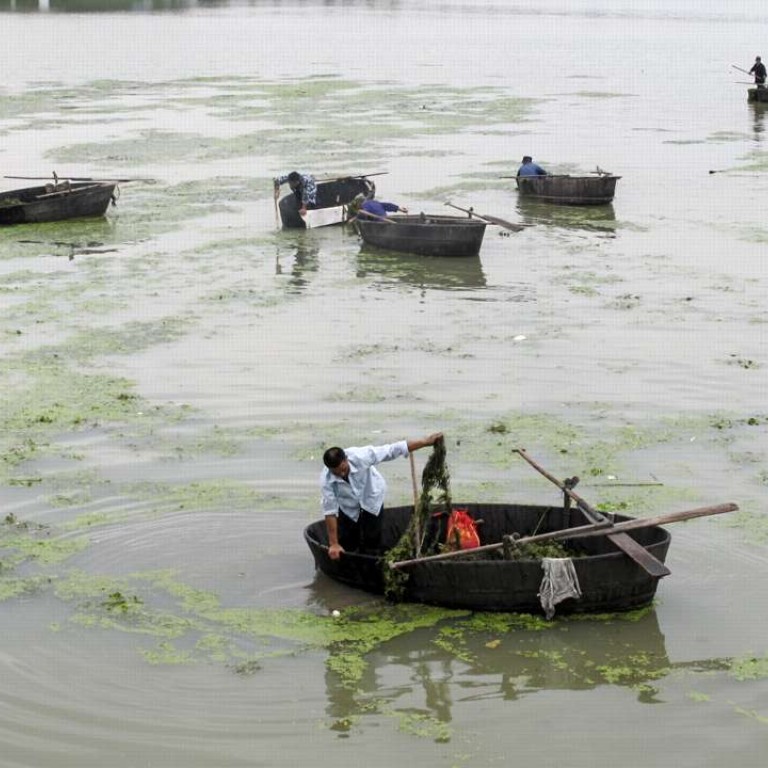
Watershed crisis: China’s cities tap into sea of polluted water
Supplies to a slew of big urban centres afflicted by contamination from decades of poor agricultural practices and runaway land development
Roughly three-quarters of the water sources tapped by China’s 30 biggest cities have major pollution, affecting tens of millions of people, according to an international environmental watchdog.
In its “China Urban Water Blueprint” released on Monday, The Nature Conservancy examined the water quality of 135 watersheds in the cities, including Hong Kong, Beijing, Shanghai, Guangzhou and Wuhan.
Overall, 73 per cent of the catchments had medium to high levels of pollution.
Land development in catchment areas had triggered sediment and nutrient contamination of water supplies for more than 80 million people, the report said. This kind of pollution was particularly high in watersheds in Chengdu, Harbin, Kunming, Ningbo, Qingdao and Xuzhou.
Hong Kong’s water catchments also had high levels of sediment pollution but medium levels of nutrient pollution; while Beijing had low levels of both types of contaminant, the report said.
80 per cent of groundwater in China’s major river basins is unsafe for humans, study reveals
China, which has almost one-fifth of the world’s population but only 7 per cent of the planet’s fresh water, has long been plagued by water pollution.
About half of the pollution was caused by improper land development and soil degradation, especially fertilisers, pesticides and livestock excrement discharged into the water, the report said.
The power of nature to solve water crises should not be underestimated
The problems stemmed from China’s four-decade-old model of economic development that “ignored environmental protection and traded the environment for growth”.
Local officials often overlooked environmental issues in the pursuit of high economic growth, which was a key factor in their promotions, it said. As a result, forests and wetlands were lost in the rush to sell land to property developers to fill local government coffers.
The land around one-third of the 100 catchments examined by the environmental group had shrunk by more than half, losing ground to agriculture and urban construction.
Yangtze lakes drying up as China’s water crisis spreads
The report pointed to nature as a key solution to improving water quality. If conservation strategies – such as reforestation and better agricultural practices – were applied to roughly 1.4 million hectares in the cities, there would be a clear drop of at least 10 per cent in sediment and nutrient pollution, the report said.
In turn, more than 150 million people in these cities would have better water quality, it said.
“The power of nature to solve water crises should not be underestimated,” Zhu Jiang, deputy director of the Ministry of Water Resources’ International Cooperation Centre said on Monday at the report’s release.
“In China, developing a natural model for water treatment can not only protect urban water source catchments to ensure water safety, but effectively lower the costs of water treatment.”

